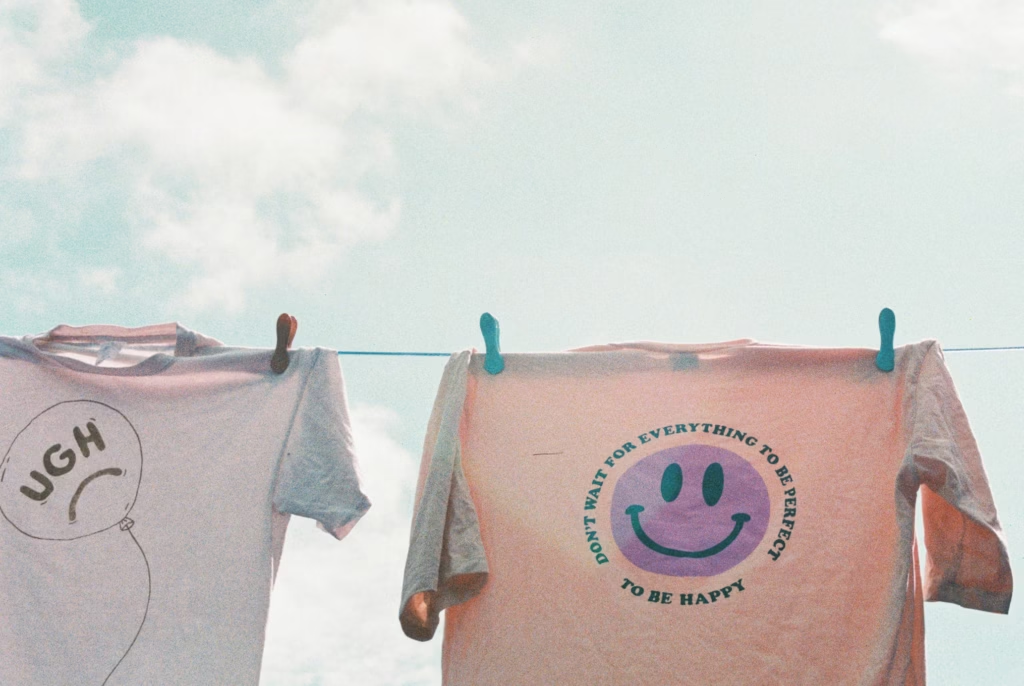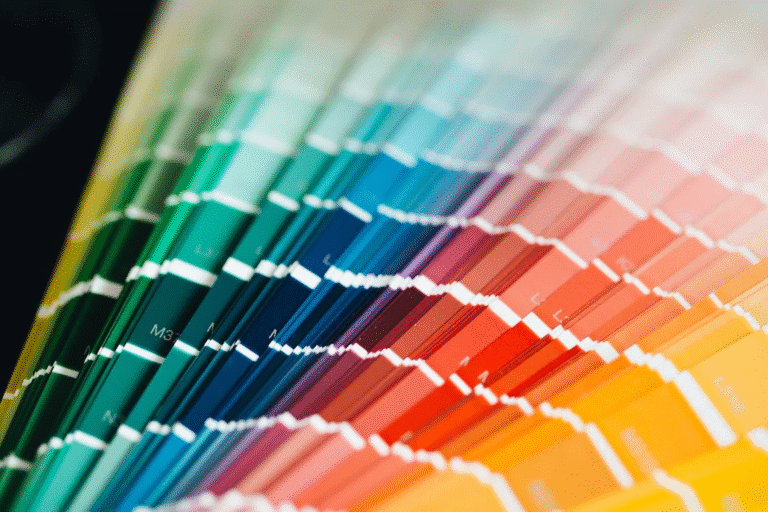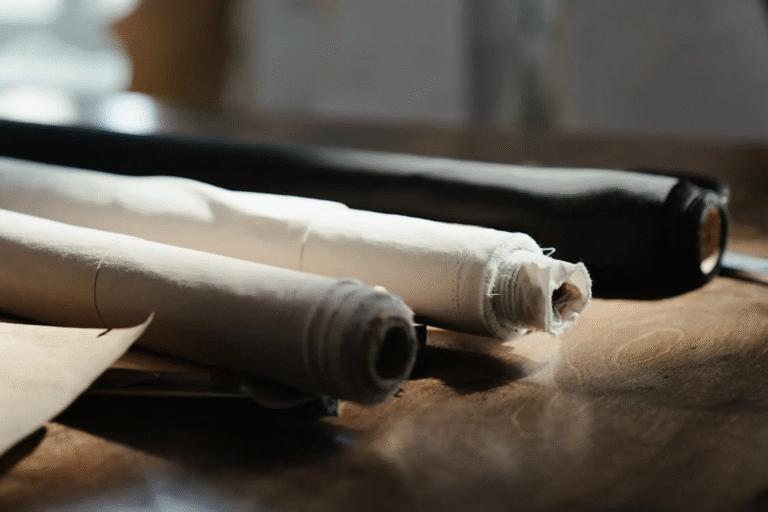One of the easiest ways to make any t-shirt stand out from your competition is by giving them a different wash. The faded, almost disintegrated look works well with a lot of modern streetwear aesthetics and can work on most fabrics like denim or cotton. But did you know that there are different types of washed t-shirt styles than just acid washes? And some of them may work better for you than you’d think.
Unique Washed T-Shirt Styles
Here’s a quick guide on most of the washed t-shirt types you’ll find from manufacturers, and how they’re made in-house. Keep in mind that most of these require special tools to make on your own–though it’s still important to learn and understand the process. Check out our washed t-shirt collection to see some cool variations!
Acid Wash
If you see a washed t-shirt, there’s a good chance that it’s an acid wash. Acid washes are popular for their unique stained appearance, with uneven patches of grayed out color that give a distinct look to a shirt.
There are a few different ways to acid wash a t-shirt at home, with the most common method using a half bleach and half water mixture. You just need to lay your shirt down and spray the shirt with the mixture in random spaces. After letting it set for ten minutes, you can rinse the shirt with bleachless water and dry it in a cool place.
Acid washes are pretty easy to make, but you’d need to be careful to use shirt with premier fabric to avoid long-term damage. That’s why you’ll find most acid-washed shirts sporting higher quality and thicker GSM fabric.
Stone Wash
Stone or mineral washing provides a bit of a different look compared to acid washing. While acid wash has paler patches, stone washed t-shirts have a mottled, rocky look to them, with small white spots all around. They also tend to be softer due to the severity of their washing method.
Stone and mineral washing work best for thicker shirt materials like denim or corduroy. This is because stone washing uses not just bleach, but also pumice stones to create the patched effect. You’d normally throw your clothing in the washer with some bleach and two to three large pumice stones to create the final effect.
This look is especially popular in volcanic or beach regions like Bali or Hawaii where the stone wash is a reminder of their culture. Very nice surfer or summer aesthetic.
Enzyme Wash
Enzyme washing is a more environmentally friendly alternative to some other washed t-shirt types, though it’s softening effect is underrated. Enzyme washes have a similar appearance to acid and stone washes, with mottled grayed patches across a fabric.
The main difference in making an enzyme wash is the substance used. This method uses an enzyme (protein) to chemically react with fabric and remove parts of the coloring. This is why enzyme washes work best with organic fabric like cotton. You’d add the enzyme solution to a washing machine with your shirt, and then let it roll for ten or twenty minutes before rinsing and drying.
The process is entirely organic and doesn’t eat up as much water or resources as other wash types. However, enzyme washes are a little rarer due to the scarcity of the solution itself.

Tie Wash
Tie washes usually use a dye of some kind to color the fabric. You’ve likely seen them sold in souvenir stores in tourist-heavy tropics, and that’s thanks to its vibrant appearance and eccentric patterning. There’s a lot of variations you can play around with in tie washing, and it makes each shirt unique in their own way.
When tie washing, you’ll want a lighter, natural fabric like linen or cotton. Even used fabric shirts work great for tie washing, so it’s pretty flexible. Tie your shirt in knots with string–-which spots you knot will change the tie pattern, so choose wisely. Then, soak the tied shirt in your dyeing mixture of choice and let them sit for a while. Use a color fixer to lock the colors in, then unfold and wait a day. Use cold water to rinse and you’ll have your desired wash.
Sand Wash
Sand-washed t-shirts work similarly to stone and enzyme washing, with an interesting texture on the garment. The patched effect is much more uniform and smaller than a stone wash, thanks to the smaller grains of abrasion in the wash cycle.
The process of making sand wash shirts is essentially the same as stone washing, though it uses smaller pumice stones or abrasive material instead.
Snow Wash
Potassium permanganate is used in a couple of different t-shirt washing methods, including this one. This material oxidizes fabric on contact, producing more controlled pale patches of color compared to other wash types. In other words, if you want more of a handle on how your shirt will look, any wash with potassium permanganate is a good choice.
You can use a spray with a potassium solution or stones coated in potassium to create your effect. Spray or grind the substance onto the fabric until you get the whitened patterns you like. Once you’re finished, clean off any excess dust and rinse, then neutralize with oxalic acid.
Pigment Wash
Pigment washes are a little more tame and quiet in effect, though still quite nice. This type of wash applies a dye that adds vibrant color to the shirt fabric while tumbling it in warm water to let the color fade slightly, like an underpainting. The final effect is seamless but striking all the same.
Washes are a strange thing in the fabric industry since there are countless ways to innovate and add to different washes. Ultimately, you should choose the wash that works right for you and your brand’s general aesthetics. Which wash looked the best to you?
Wondering how you can produce more washed shirts for your brand this year? Check out our premium collection for more and better apparel solutions for your brand. Contact us for a free consult!





